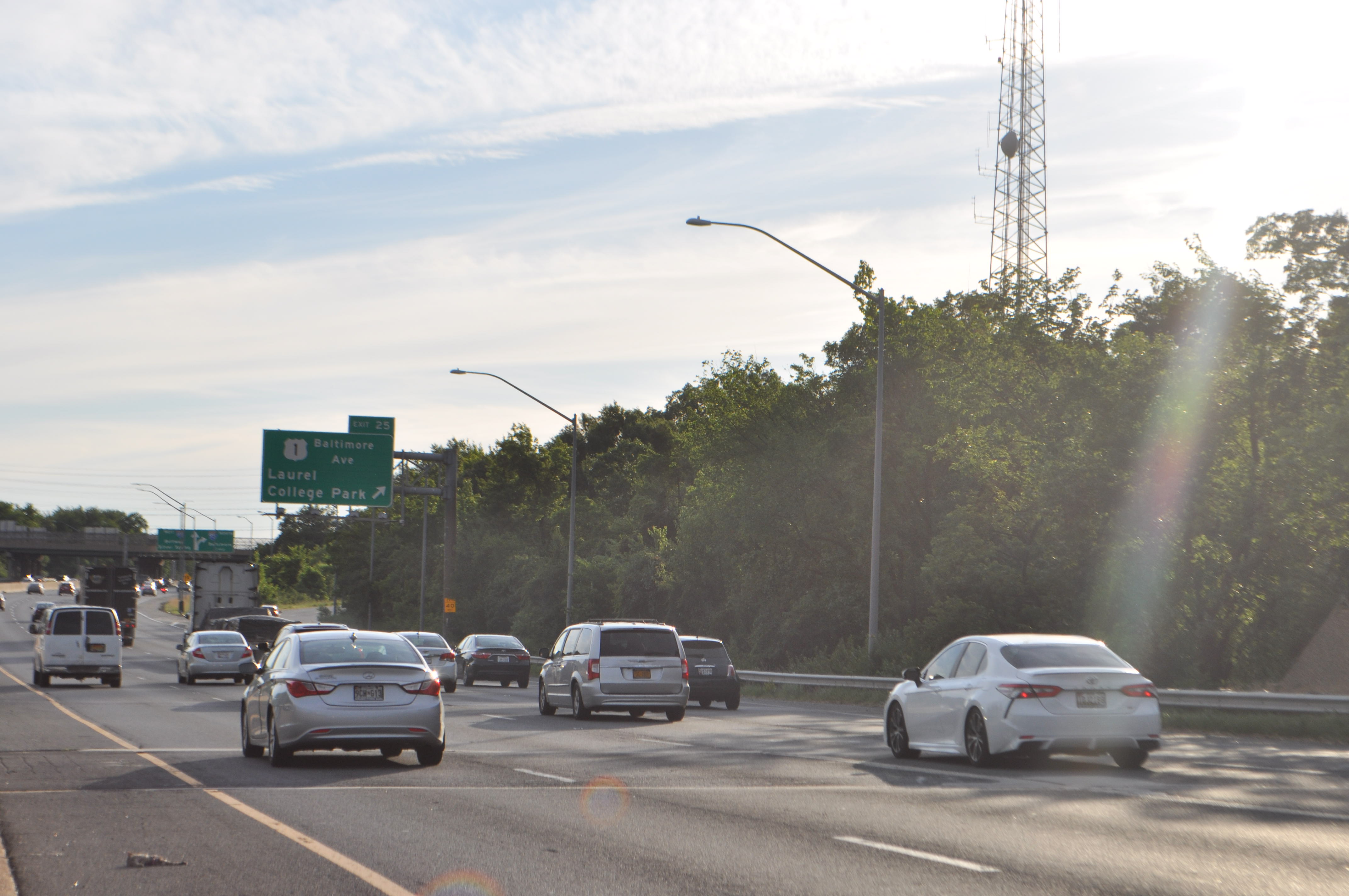Views expressed in opinion columns are the author’s own.
The DMV area is notoriously congested due to the area’s dependence on driving. But Gov. Larry Hogan has a plan. He has proposed an $11 billion plan that will widen the Capital Beltway, Interstate 270 and the Baltimore-Washington Parkway and will also introduce private toll lanes, creating the country’s largest public-private partnership. However, this plan will likely not decrease traffic on these roads.
Widening beltways in other metropolitan areas — for example in Houston where the freeway is now 26 lanes wide — has led to an increase in cars on the road because of an increased capacity for drivers. This is the idea of “induced demand”; as supply (roadway) increases, so does the amount of drivers, as they are encouraged to drive instead of using other modes of transportation. This can even be seen in Baltimore, where from 1982 to 2011 the region’s freeway miles outpaced population growth but had the opposite effect on congestion. In fact, the annual hours spent in traffic quadrupled over the same time period.
Moreover, University of Maryland students and faculty are familiar with the many problems associated with the most prominent public transit resource in the region. The Metro has been plagued by single tracking, delays and an inconveniently early closing time — making WMATA the rail system with the most limited hours in the United States. Therefore, it’s no real surprise that Metro ridership has been steadily decreasing, reporting that 2018 had the lowest ridership since 2000.
Poor public infrastructure is only one piece of why so many D.C.-area residents choose to drive and why car-centric culture persists across the U.S. Investing in more highway infrastructure has been seen as a transportation solution since the 1960s, creating more suburbs and sprawl throughout the country and encouraging more driving. Since then, the country has fallen behind in public transportation and other accessible forms of commuting — such as walking and biking — and prioritized the rise of suburbs, making it difficult to get around without a car. In fact, in much of the U.S., mixed-use density is illegal because of zoning that protects single-family houses over other types of development. But many states are beginning to question this because of the impact on racial and economic inequality as well as climate change.
To his credit, Hogan agreed to help fund WMATA and has supported the construction of the Purple Line. But the beltway expansion is a disappointing diversion from these public transportation and low-carbon initiatives. The Capital Beltway expansion is a threat to public health and moves in the wrong direction from the changes we need to make to be a cleaner community. Due to this country’s prevalent car culture, the transportation sector just surpassed the power sector in overall carbon dioxide emissions in 2016, making it the leading source of climate disrupting emissions. Cars cause real deaths, and their effect on air pollution causes asthma and other respiratory illnesses with Marylanders especially at risk, as more than 8 in 10 reside in areas that do not meet federal clean-air standards for ozone. If we want to protect our collective health and future, more time, energy and money should be spent creating a plan to solve our infrastructure crisis in ways that don’t perpetuate the focus on cars and sprawl that got us here in the first place.
The problems with the beltway expansion are a symptom of a larger problem: an infrastructure crisis in the U.S. that prioritizes cars over other forms of transportation and continues unsustainable zoning. Rather than expanding our beltway and continuing the cycle, Maryland should focus on transportation that is multi-modal and sustainable and allows for making our buses faster and more accessible, making streets walkable and bikeable and encouraging smart growth that prioritizes housing that is affordable and transit-oriented.
Sonja Neve is a senior environmental science and policy major. She can be reached at sonjaneve55@gmail.com.



